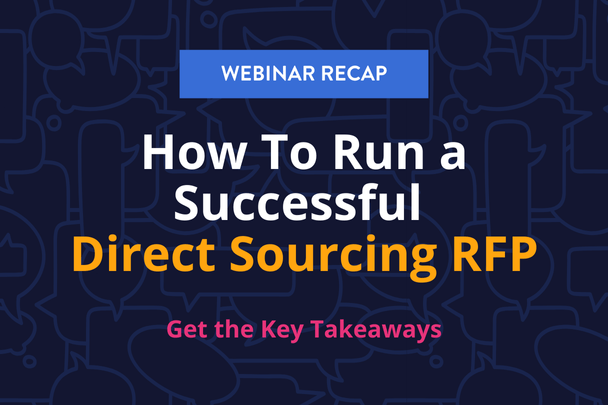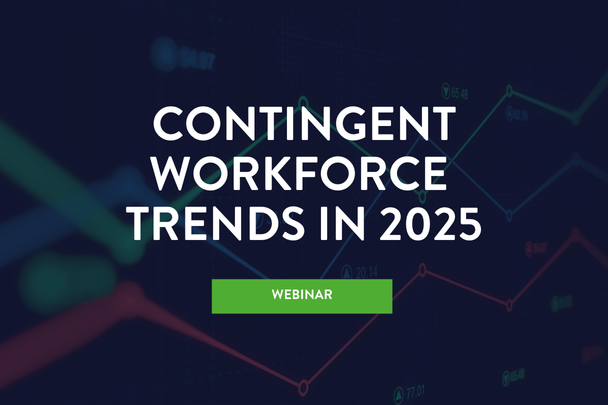Ensuring employees are happy within an organization has a big impact on the success of your business in 2023. Oftentimes, when people talk about employee satisfaction there are two terms that are commonly referred to: Employee Engagement vs Employee Experience. Both notions are equally important and directly influence employee happiness. However, defining and comprehending how both principles work hand in hand to drive employee happiness and increase retention is important.
What is the difference between Employee Engagement vs Employee Experience?
Employee experience is when an organization prioritizes an employee-centric way of being through behaviors, interactions, and business decisions. They take into consideration how employees view and feel through all parts of their work life journey within that organization. When decisions are made with employee experience in mind, HR and leaders ask, “how will our people perceive and feel about this?” They also ask, “What impression are we giving our people if we act this way?”
At many organizations today, employee experience has become focused on short-term perks. Over time their satisfaction decreases, and stakeholders turn to HR and say, “you need to fix this.” Usually, what happens? HR introduces another perk and perhaps employee engagement slowly rises and slowly goes right back down. You tend to get into this vicious cycle.
The problem with this is that it doesn’t make any changes to the core work and practices of the organization. Employees are smart. They know when your organization is truly doing something to engage them or if they are just trying to extract more from them. When an organization is focused on short-term perks, employees are no more committed. In addition, they are less likely to give any more of themselves, regardless of the increase in perks and spending.
For the employee experience to be the best it can be, companies need to adopt a better culture to avoid employee burnout. One where leaders and managers alike put themselves in their employees’ shoes at every point of the employee life cycle. In addition, they should take into consideration their employees’ personal needs as well. The physical and technological behavior, and interactions are what truly creates the cultural environment of a business.
“Employee experience is the sum of the various perceptions employees have about their interactions with each domain of the organization in which they work.” -Oliver Dubission.
Now what about employee engagement?
Employee Engagement is when employees are psychologically fully engaged and feel a sense of purpose, being, and connection to the organization. This is because of a positive employee experience. The premise is that engaged people pour their personal cognitive, physical, and emotional energies into their work.
When people are fully engaged in their work, you can see it clearly in their behavior. They tend to be extremely focused and difficult to distract. In addition, they take the initiative to make sure things go well because they genuinely care. They also dedicate energy to their work without it feeling like a burden and persist even in the face of obstacles. Again, because their work and the organization they work for is an important part of their identity and self-expression.
Employee Experience is the input, and Employee Engagement is the output!











